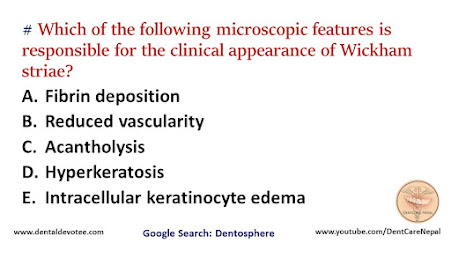# Elastic fiber component of periodontal ligament with age:
A. Remains same
B. Increases
C. Decreases
D. Either increases or decreases with age
The correct answer is B. Increases.
Changes in the periodontal ligament that have been reported with aging include decreased numbers of fibroblasts and a more irregular structure, thus paralleling the changes seen in the gingival connective tissues. Other findings include decreased organic matrix production, epithelial cell rests, and increased amounts of elastic fiber.






